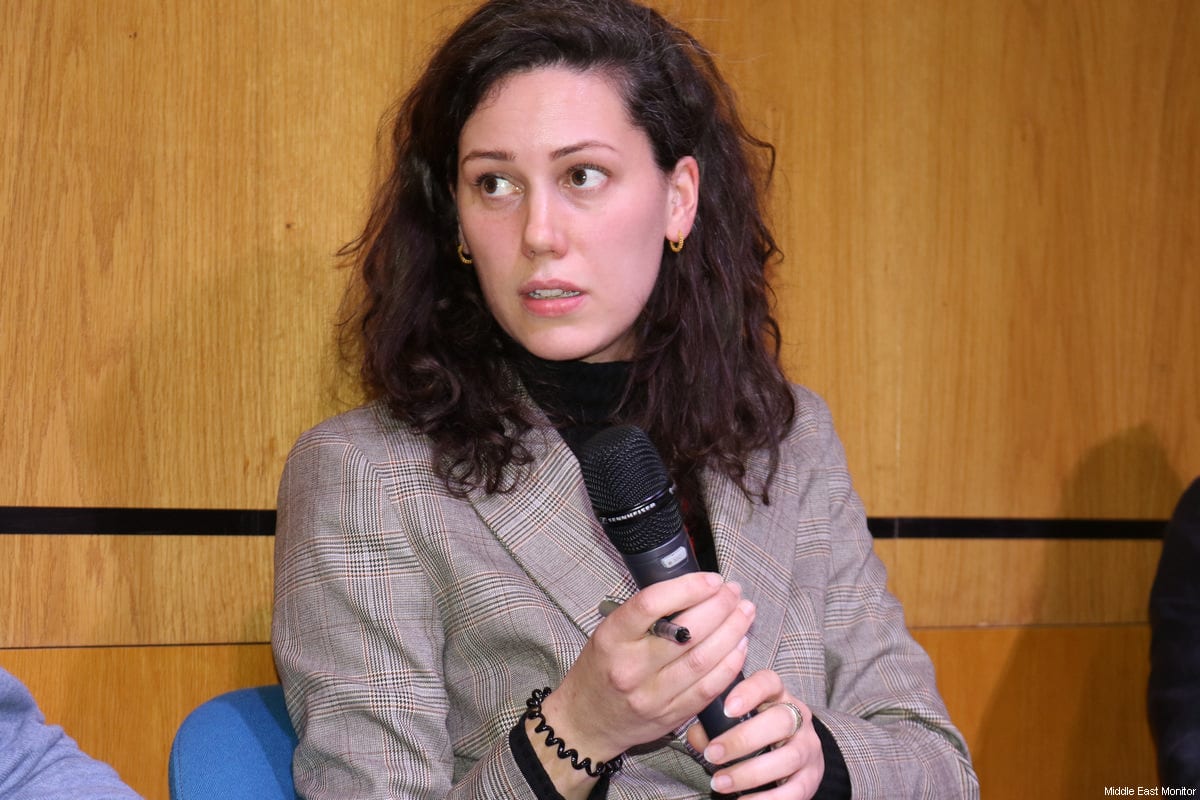At around 4 o’clock on Monday morning, Malik Abu Ubaidah awoke to his home rocking on its foundations. He got up, gathered his children together and stepped outside into a wall of smoke and dust.
Snatched from sleep, he did not know it yet, but what Malik had felt was a 7.8 magnitude earthquake which hit north-west Syria and south-east Turkiye yesterday, and was felt in Lebanon, Jordan and Cyprus.
It has left a trail of destruction in its wake, destroying bridges, razing buildings to the ground and reducing homes to rubble. The death toll is climbing. At the most recent count, over 5,000 people have been confirmed dead.
Malik lives in the village of Al-Bab in the north of Syria after his family was displaced from the south due to a decade-long war fought by the Syrian regime and its allies.
“Frankly, I have never felt as much fear for my life as I felt today,” Malik said. “We have been at war for 12 years but, throughout that time, I have not felt what I felt today in terms of fear and helplessness.”
“At least the bombing doesn’t come all at once,” he continues. “You can predict it, or you might hear planes and be able to hide somewhere. During bombing you know that you are in a state of war, and you believe that God is with you. But the earthquake itself is from God.”
READ: Syria toddler survives quake, but mother and siblings perish
Villages close to Al-Bab have met an even more tragic fate. “I went to the city of Jindires in the Aleppo countryside,” recalls Malik.
“I’m not exaggerating if I say that there is no house still standing there. There are more than 100 completely collapsed buildings, each containing no less than four or five families, so up to 15 families per building.”
“We saw destruction even worse than the war,” he repeats. “Entire neighbourhoods have been flattened in two minutes, as if someone dropped a nuclear bomb.”
The northern provinces of Syria, where roughly 60 per cent of the 4.5 million Syrians who live there are internally displaced, is already a vulnerable area with a high population density and weak infrastructure.
Nine out of ten people live in poverty and there is a malnutrition crisis, a lack of water, inadequate medicine and a cholera outbreak. After the earthquake, wells have been covered with debris and bakeries have been destroyed.
Because the destruction is so vast, civil defence teams are overwhelmed and unable to recover either bodies or survivors from the wreckage.
“In my estimation the civil defence will have to recover bodies for a month and a half, the effort is slow and debilitated,” says Malik. “We heard many cries coming from under the buildings but after four hours these sounds disappear. They have only managed to save 10 per cent of people.”
READ: Syrian left in tears after losing baby to earthquake
At roughly the same time Malik and his family were escaping their apartment, across the border in the city of Killis in southern Turkiye, Mustafa Otri felt what he thought was an explosion emanating from the depths of the earth.
He hurried out of his bed and took shelter in a closed basketball court, which was to become a makeshift shelter for the thousands of people who had lost their homes.
“There is heating here and basic emergency supplies like blankets, water and some food,” he tells us from inside. “There is bread, cheese and vegetables. However, there is no medicine.”
![Syria’s refugee camps hit by massive earthquake - Cartoon [Sabaaneh/Middle East Monitor]](https://i0.wp.com/www.middleeastmonitor.com/wp-content/uploads/2023/02/IMG_6364.jpg?resize=500%2C333&ssl=1)
Syria’s refugee camps hit by massive earthquake – Cartoon [Sabaaneh/Middle East Monitor]
Sheyar Khalil, whose family live in Afrin, northern Syria, says that even though several organisations want to help, there are simply not adequate resources or even routes to get to them.
Syrians were already desperate for aid, and are even more so now, but there is no freedom of movement or access for delivery. The border between Turkiye and northern Syria is tightly controlled, and roads have been destroyed by war or are covered in heavy snowfall. Thoroughfares between the two countries have further been blocked by debris from the earthquake.
WATCH: In Turkiye, boy pulled out alive from rubble by rescue workers
For over a decade, the Syrian regime and its allies have targeted hospitals and medical personnel which has devasted the healthcare system and created further health issues, like diseases brought on by drinking polluted water in refugee camps.
Before the earthquake, Syrians in northern Syria with serious health issues would cross through the Bab Al-Hawa crossing and into Gaziantep in Turkiye, where they would be treated at a Turkish state hospital.
Already, funding from international organisations and the devastating effects of the coronavirus pandemic meant this was happening less and less. It is now even harder since the hospitals in Turkiye are completely overwhelmed.
Meteorologists have said that a snowstorm is looming over the northern provinces of Syria. Whilst they wait for it to hit, hundreds of people remain alive under the rubble, whilst others have gathered between the olive trees, out in the open fields, in fear that a third earthquake will strike. “There is a state of panic here among women, children and men,” Sheyhar Khalil says.
“The situation after the earthquake is more than catastrophic,” adds Malik. “The word catastrophic is simply not enough.”
The views expressed in this article belong to the author and do not necessarily reflect the editorial policy of Middle East Monitor.


![Personnel and civilians conduct search and rescue operations in Idlib, Syria after 7.7 and 7.6 magnitude earthquakes hits Turkiye's Kahramanmaras, on February 07, 2023 [Muhammed Said/Anadolu Agency]](https://i0.wp.com/www.middleeastmonitor.com/wp-content/uploads/2023/02/AA-20230207-30208765-30208742-1602_PEOPLE_DIED_THOUSANDS_INJURED_IN_SYRIA_AFTER_EARTHQUAKE-scaled-e1675788886536.jpg?fit=1200%2C800&ssl=1)










